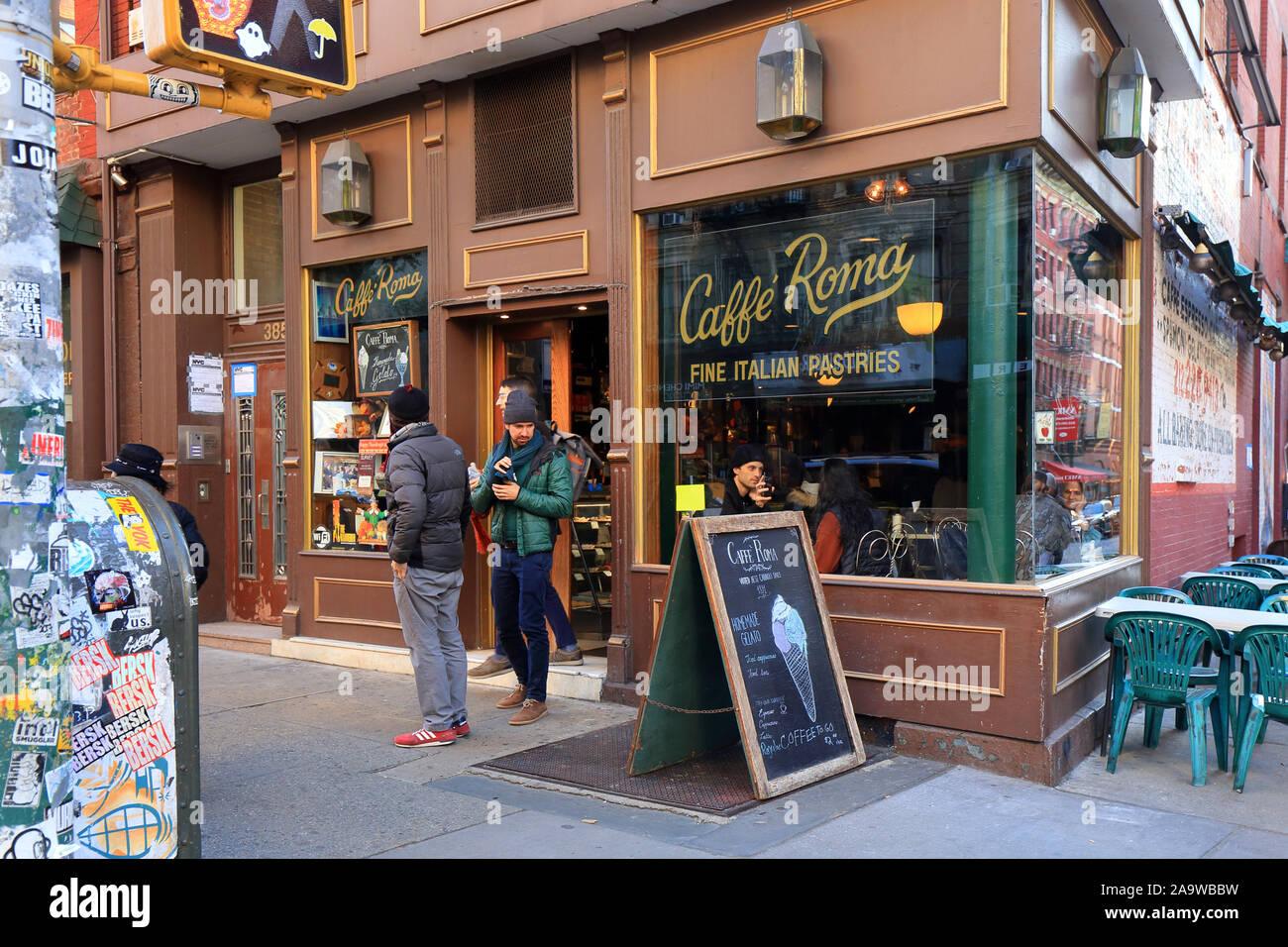Understanding the Cultural and Historical Significance of Roma

Introduction: The Allure of Roma
Roma, known as the Eternal City, serves as a symbol of history, art, and culture, attracting millions of visitors annually. Its significance extends beyond its picturesque landscapes and historical sites, embodying the spirit of a city that has influenced the world for centuries. The blend of ancient history and modern life makes Roma a focal point for those interested in architecture, history, and sociology.
Historical Significance
The history of Roma dates back more than two millennia. Founded in 753 BC, it has served as the capital of the Roman Empire, showcasing remarkable structures such as the Colosseum and the Pantheon. These monumental architectures serve as a reminder of the extraordinary engineering skills of the ancient Romans. In recent times, Roma has attracted attention for its ongoing restoration projects aimed at preserving these historical landmarks, providing a glimpse into the city’s glorious past.
Cultural Influences
Roma is not just a historical hub; it is also a cultural melting pot. Today, the city is known for its vibrant art scene, fashion industry, and culinary delights. The annual Roma Film Fest celebrates global cinema, attracting filmmakers and audiences from around the world. Furthermore, the city boasts a rich gastronomic tradition, with local dishes such as pasta alla carbonara and supplì reflecting its culinary heritage. Recent trends indicate an increasing interest in sustainable gastronomy practices among local chefs, highlighting Roma’s commitment to modernising while respecting tradition.
Modern-Day Roma
Today, Roma faces challenges such as urbanisation and economic disparity. However, it continues to thrive as a significant European capital, with ongoing efforts to balance tourism with the needs of its residents. Initiatives aimed at improving public transport and reducing pollution have been implemented to enhance residents’ quality of life while maintaining the city’s historic charm. Additionally, the local government is focusing on creating green spaces and promoting local businesses to foster a robust economy.
Conclusion: Promising Future
As Roma looks to the future, it emphasizes the importance of preserving its rich heritage while embracing innovation. The ongoing projects aimed at urban renewal and sustainability ensure that this legendary city remains resilient. For visitors and locals alike, the essence of Roma will continue to resonate, promising a captivating blend of history, culture, and modernity. As tourism evolves, Roma stands poised to welcome the world with open arms, maintaining its status as a global icon.
